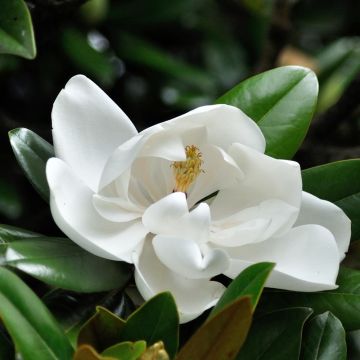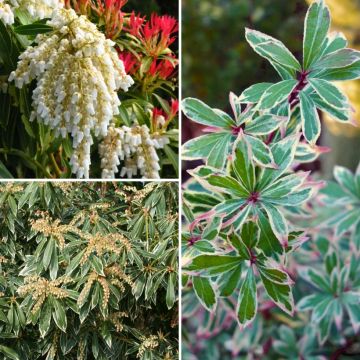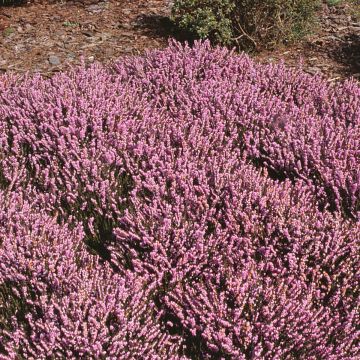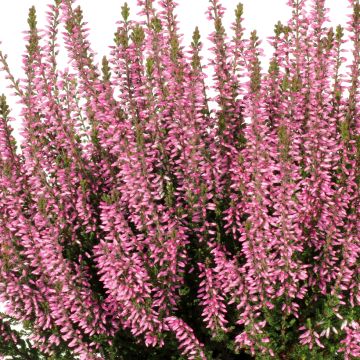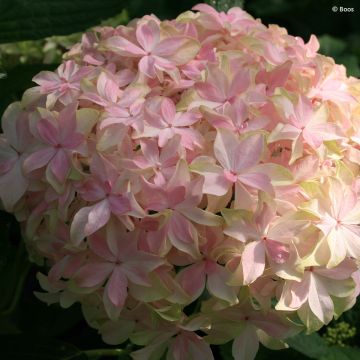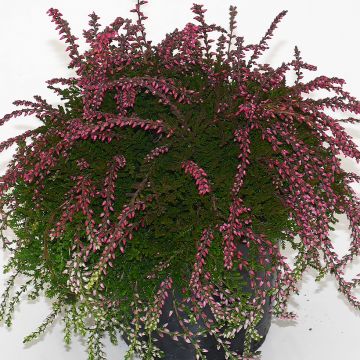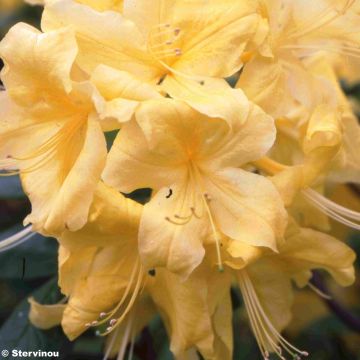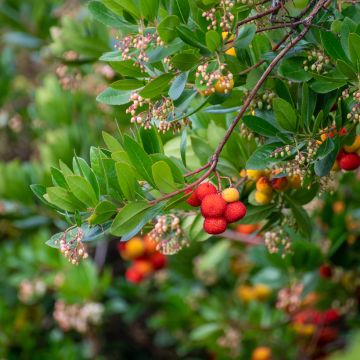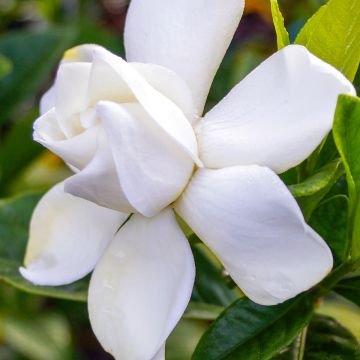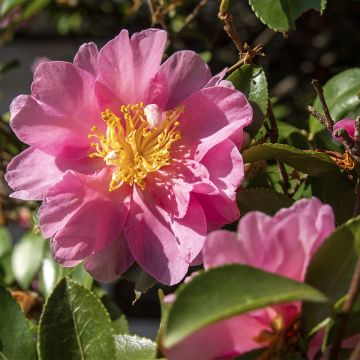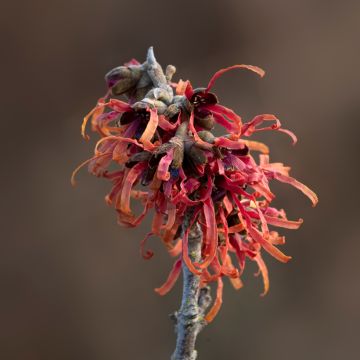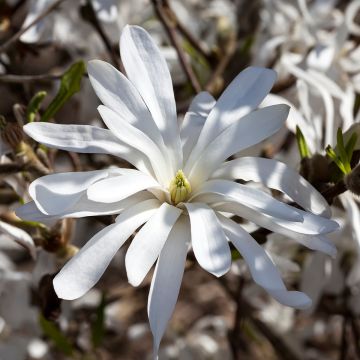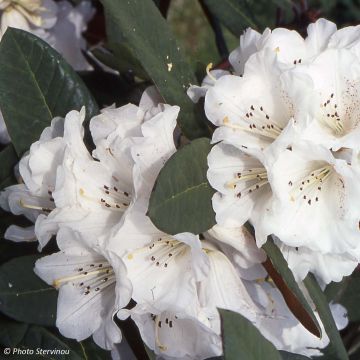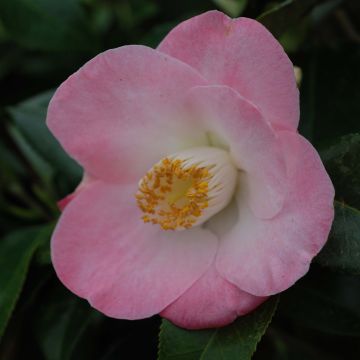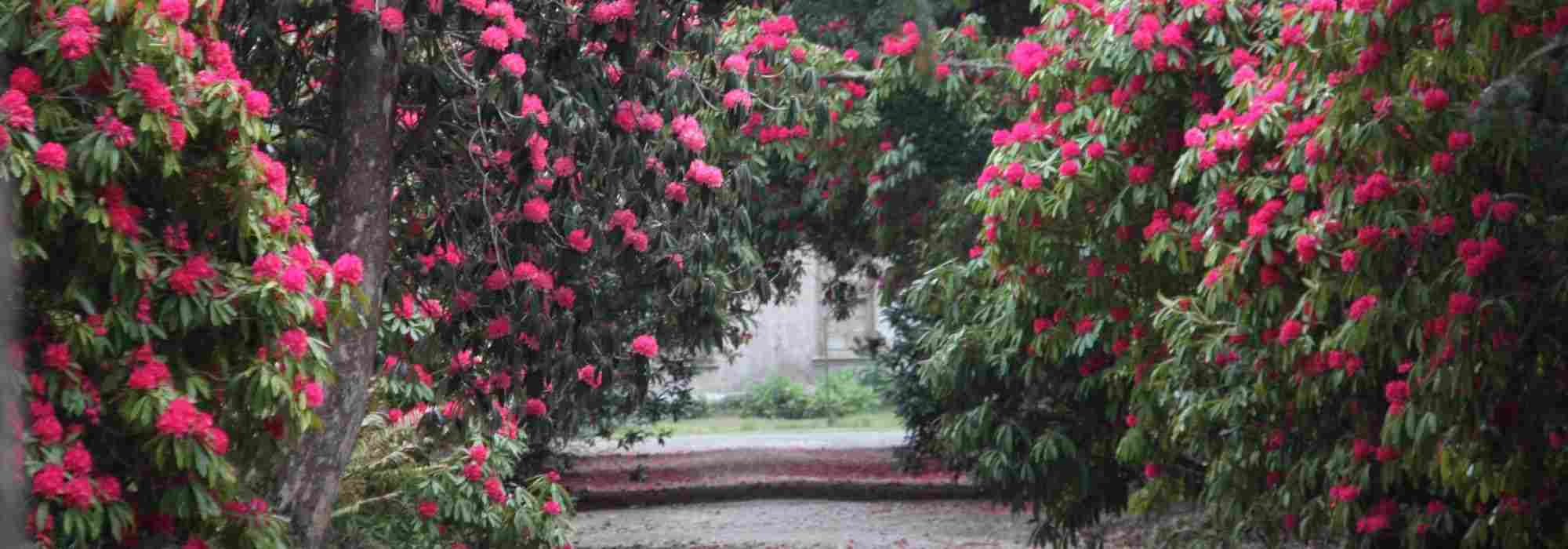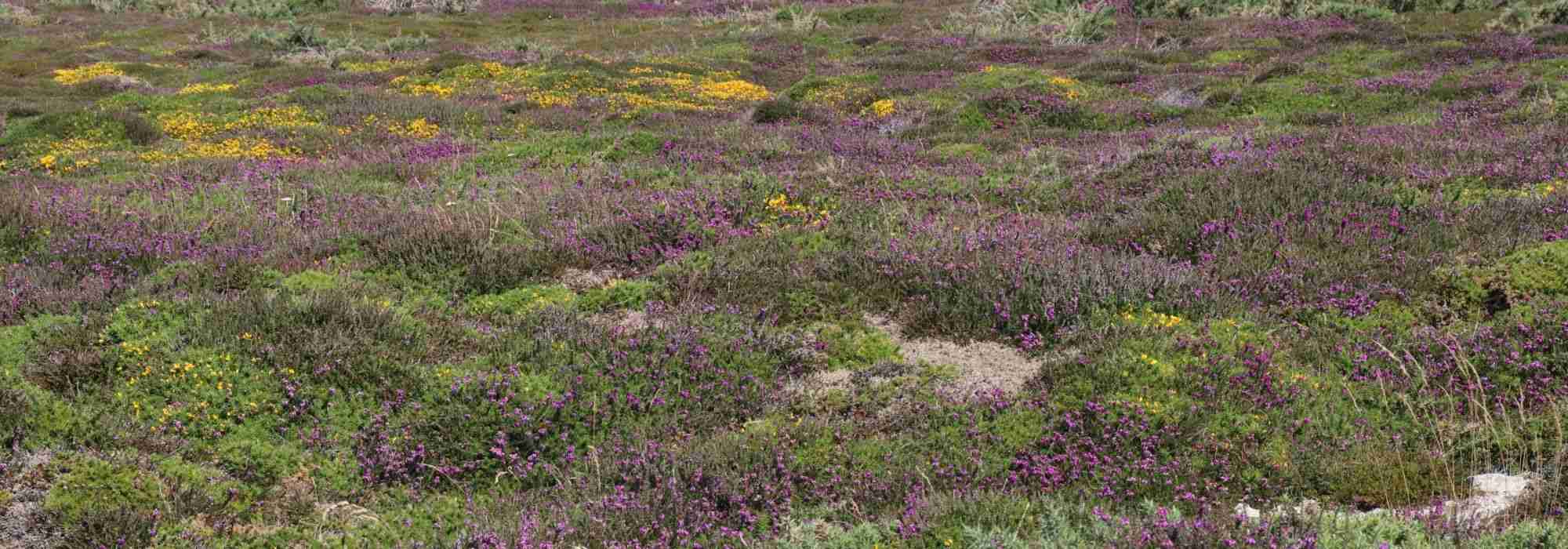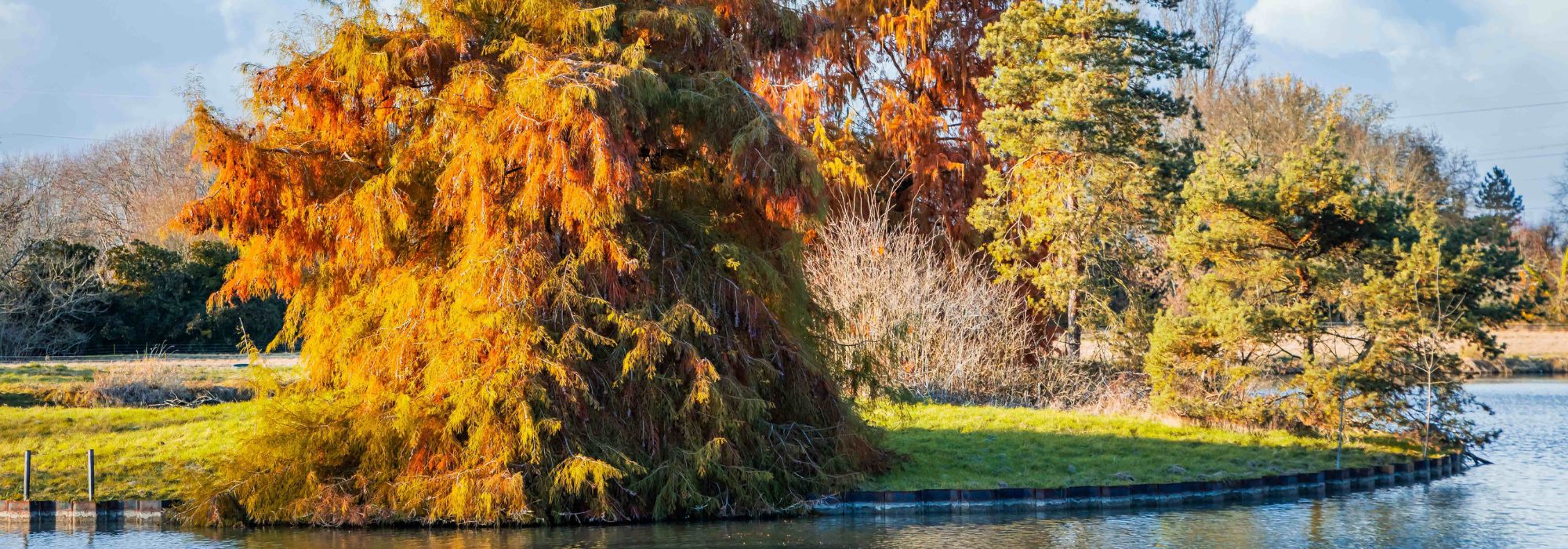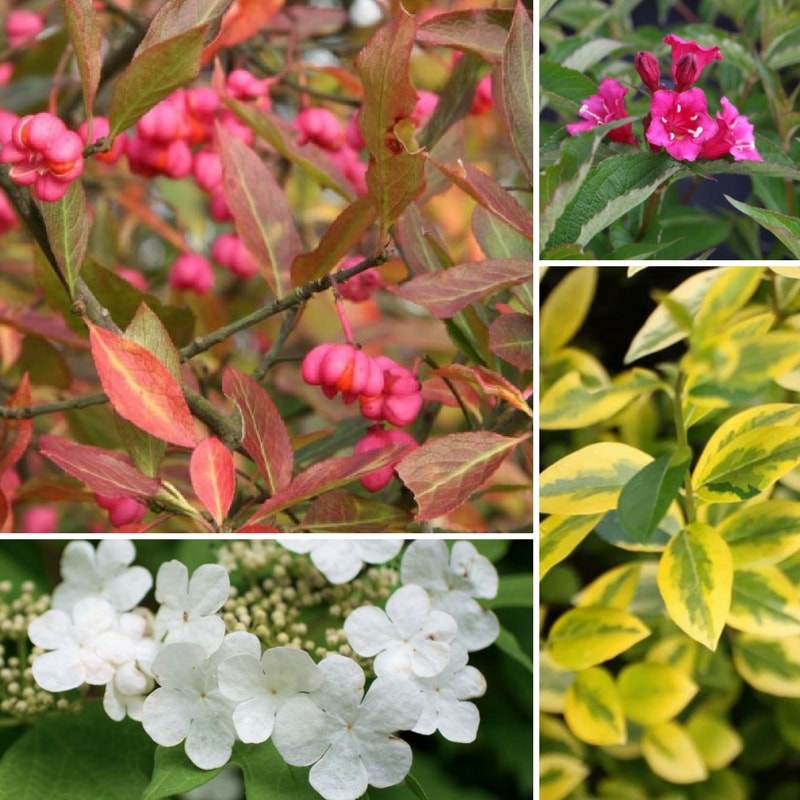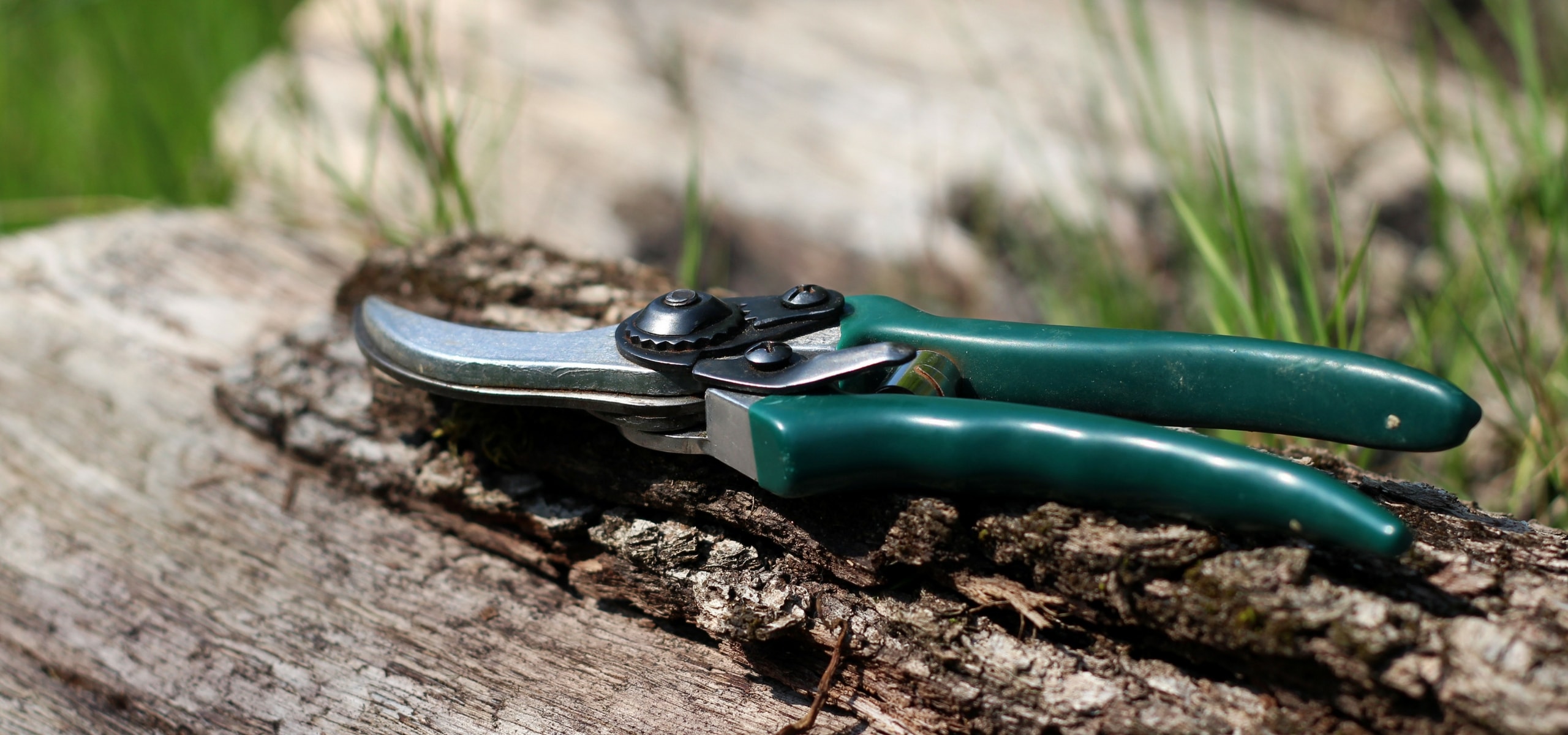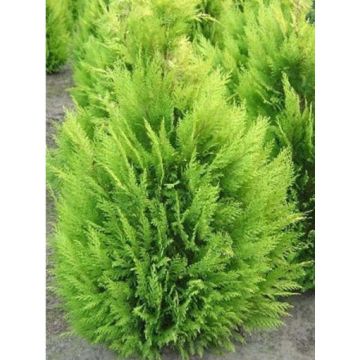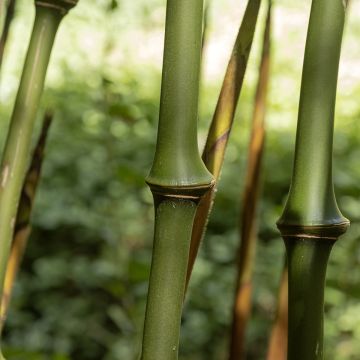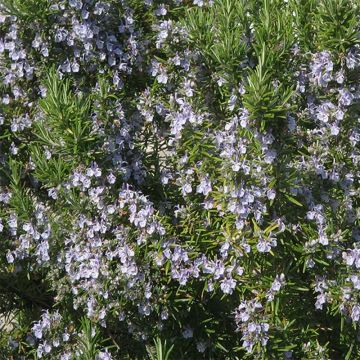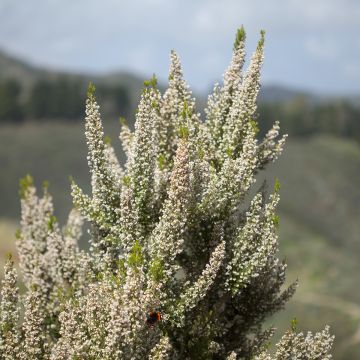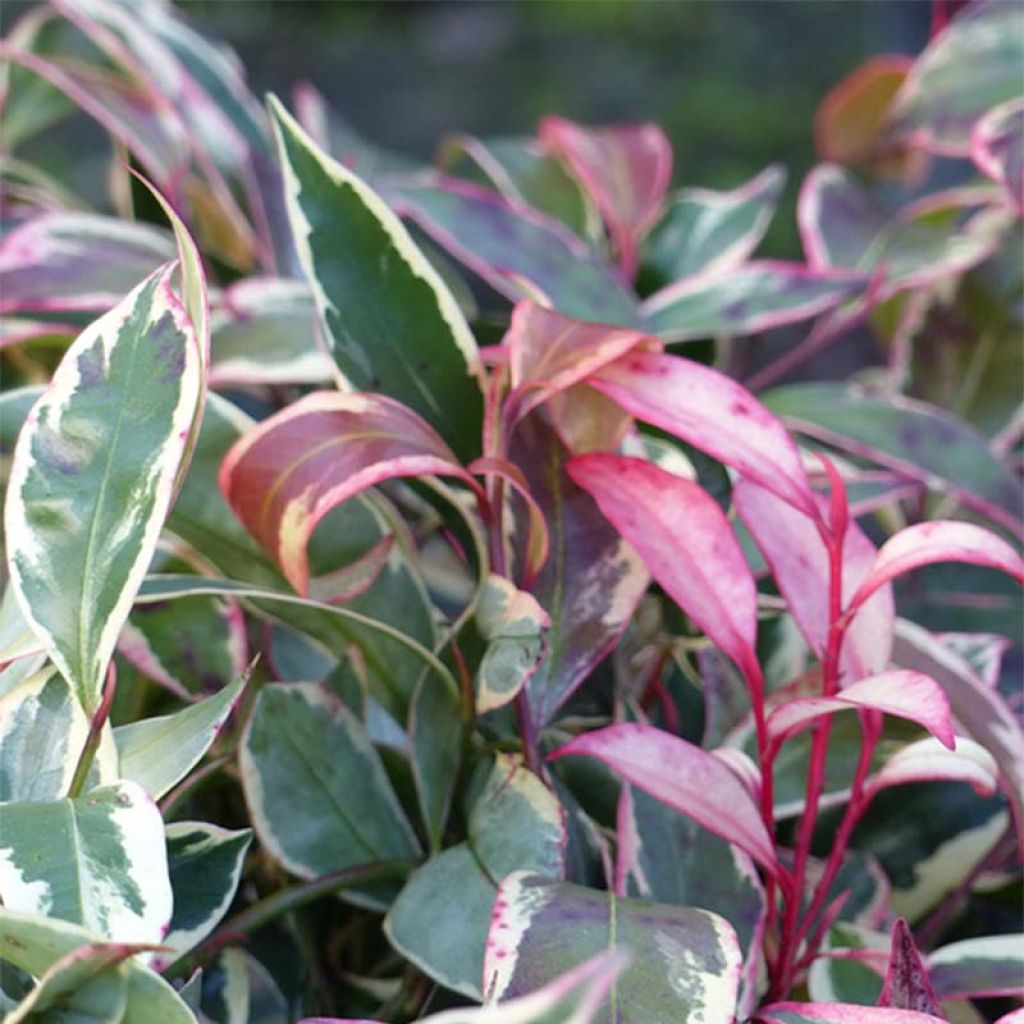

Cleyera japonica Variegata
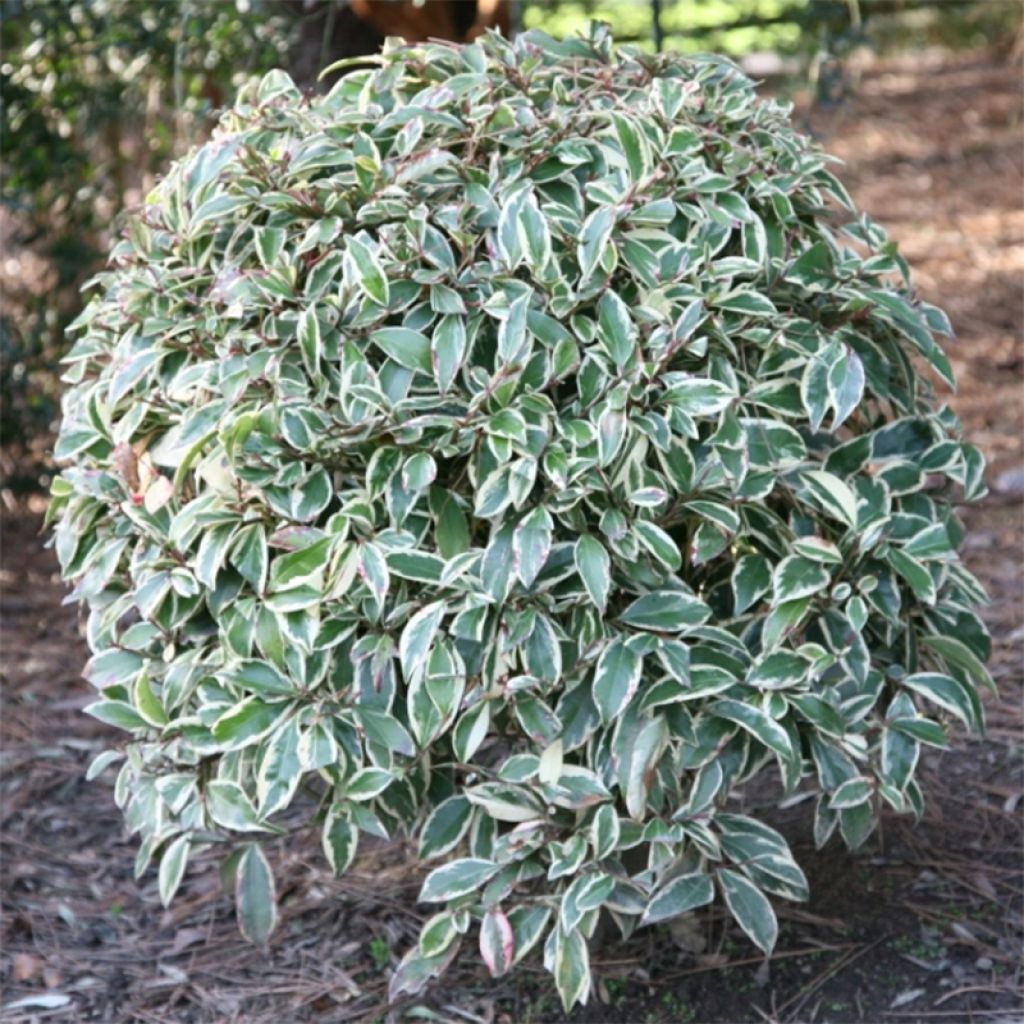

Cleyera japonica Variegata (Tricolor, Fortunei)
Cleyera japonica Variegata
Cleyera japonica Variegata
Japanese Cleyera, Sakaki
Special offer!
Receive a €20 voucher for any order over €90 (excluding delivery costs, credit notes, and plastic-free options)!
1- Add your favorite plants to your cart.
2- Once you have reached €90, confirm your order (you can even choose the delivery date!).
3- As soon as your order is shipped, you will receive an email containing your voucher code, valid for 3 months (90 days).
Your voucher is unique and can only be used once, for any order with a minimum value of €20, excluding delivery costs.
Can be combined with other current offers, non-divisible and non-refundable.
Why not try an alternative variety in stock?
View all →This plant carries a 24 months recovery warranty
More information
We guarantee the quality of our plants for a full growing cycle, and will replace at our expense any plant that fails to recover under normal climatic and planting conditions.
Does this plant fit my garden?
Set up your Plantfit profile →
Description
Cleyera japonica 'Variegata', also known as 'Tricolor' or Eurya fortunei, is an evergreen bush introduced from Japan, valued for its decorative variegated foliage.
Little known, the Cleyera japonica 'Variegata' is an upright and bushy shrub, with many branches arranged in a characteristic manner, almost horizontally, adorned with dense and evergreen foliage. The leaves measure up to 9 cm long. They are oblong in shape, thick, dark green with cream-white edges, tinted coppery pink on new shoots in spring. Shiny, they can also take on reddish tones in winter. In summer, it bears many creamy white cup-shaped flowers measuring 2 cm (0.8 in) in diameter, difficult to spot at first glance, but fragrant. They are followed in autumn by small red fruits that turn black when ripe, equally discreet.
With slow growth, it reaches about 1.5 m (4 ft 11 in) in height or more at maturity. It requires a neutral to acidic soil, rich in humus, light and well-drained, but does not dry out too easily. Its hardiness is limited and it requires a sheltered position from severe cold, in a sunny or partially shaded position. This small and decorative bush is ideal for adding colour to a well-sheltered courtyard, such as terraces and small urban gardens, it is resistant to pollution and suitable for container planting. It can be planted with other acid-loving plants, such as azaleas and rhododendrons, camellias, kalmias, magnolias, Japanese Andromedas (Pieris), heathers, or even with skimmias. Also consider hydrangeas to give it a flowering companion in summer!
Report an error about the product description
Cleyera japonica Variegata in pictures
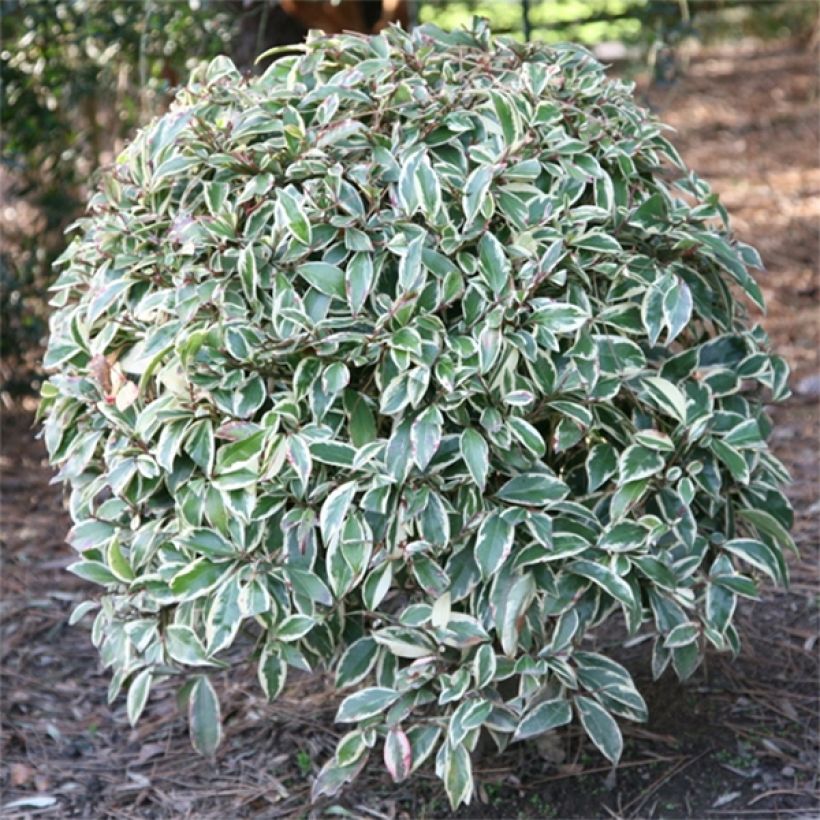

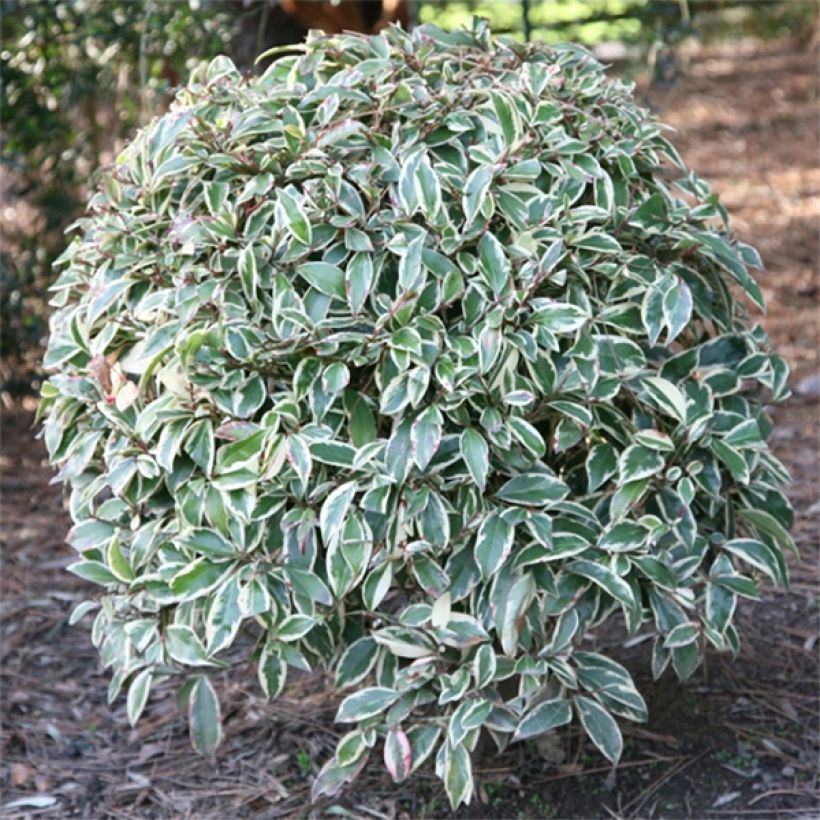

Plant habit
Flowering
Foliage
Botanical data
Cleyera
japonica
Variegata
Theaceae
Japanese Cleyera, Sakaki
Southeast Asia
Other Ericaceous Shrubs
View all →Planting and care
To plant the Cleyera japonica 'Tricolor' pick a spot that gets sun or partial shade and is protected from cold and drying winds. The soil should be light, humus-rich, and preferably acidic or neutral. Avoid heavy soils, waterlogged areas in winter, and arid soils. Regular watering is vital, especially during the first two years of cultivation, particularly in dry conditions. Once established, this plant can tolerate dry summers better. Mulch the base to keep the soil fresh.
To plant, dig a hole three times bigger than the pot. Soak the root ball in water, and plant the bush in a mixture of 1/4 leaf compost, gravel or pumice, and loam. Water thoroughly and keep the soil moist in the summer. Place a mulch of shredded pine bark at the base of the bush every spring to maintain soil moisture and acidity. To maintain, remove dead branches and shorten those that become too large.
Planting period
Intended location
Care
Planting & care advice
This item has not been reviewed yet - be the first to leave a review about it.
Similar products
Haven't found what you were looking for?
Hardiness is the lowest winter temperature a plant can endure without suffering serious damage or even dying. However, hardiness is affected by location (a sheltered area, such as a patio), protection (winter cover) and soil type (hardiness is improved by well-drained soil).

Photo Sharing Terms & Conditions
In order to encourage gardeners to interact and share their experiences, Promesse de fleurs offers various media enabling content to be uploaded onto its Site - in particular via the ‘Photo sharing’ module.
The User agrees to refrain from:
- Posting any content that is illegal, prejudicial, insulting, racist, inciteful to hatred, revisionist, contrary to public decency, that infringes on privacy or on the privacy rights of third parties, in particular the publicity rights of persons and goods, intellectual property rights, or the right to privacy.
- Submitting content on behalf of a third party;
- Impersonate the identity of a third party and/or publish any personal information about a third party;
In general, the User undertakes to refrain from any unethical behaviour.
All Content (in particular text, comments, files, images, photos, videos, creative works, etc.), which may be subject to property or intellectual property rights, image or other private rights, shall remain the property of the User, subject to the limited rights granted by the terms of the licence granted by Promesse de fleurs as stated below. Users are at liberty to publish or not to publish such Content on the Site, notably via the ‘Photo Sharing’ facility, and accept that this Content shall be made public and freely accessible, notably on the Internet.
Users further acknowledge, undertake to have ,and guarantee that they hold all necessary rights and permissions to publish such material on the Site, in particular with regard to the legislation in force pertaining to any privacy, property, intellectual property, image, or contractual rights, or rights of any other nature. By publishing such Content on the Site, Users acknowledge accepting full liability as publishers of the Content within the meaning of the law, and grant Promesse de fleurs, free of charge, an inclusive, worldwide licence for the said Content for the entire duration of its publication, including all reproduction, representation, up/downloading, displaying, performing, transmission, and storage rights.
Users also grant permission for their name to be linked to the Content and accept that this link may not always be made available.
By engaging in posting material, Users consent to their Content becoming automatically accessible on the Internet, in particular on other sites and/or blogs and/or web pages of the Promesse de fleurs site, including in particular social pages and the Promesse de fleurs catalogue.
Users may secure the removal of entrusted content free of charge by issuing a simple request via our contact form.
The flowering period indicated on our website applies to countries and regions located in USDA zone 8 (France, the United Kingdom, Ireland, the Netherlands, etc.)
It will vary according to where you live:
- In zones 9 to 10 (Italy, Spain, Greece, etc.), flowering will occur about 2 to 4 weeks earlier.
- In zones 6 to 7 (Germany, Poland, Slovenia, and lower mountainous regions), flowering will be delayed by 2 to 3 weeks.
- In zone 5 (Central Europe, Scandinavia), blooming will be delayed by 3 to 5 weeks.
In temperate climates, pruning of spring-flowering shrubs (forsythia, spireas, etc.) should be done just after flowering.
Pruning of summer-flowering shrubs (Indian Lilac, Perovskia, etc.) can be done in winter or spring.
In cold regions as well as with frost-sensitive plants, avoid pruning too early when severe frosts may still occur.
The planting period indicated on our website applies to countries and regions located in USDA zone 8 (France, United Kingdom, Ireland, Netherlands).
It will vary according to where you live:
- In Mediterranean zones (Marseille, Madrid, Milan, etc.), autumn and winter are the best planting periods.
- In continental zones (Strasbourg, Munich, Vienna, etc.), delay planting by 2 to 3 weeks in spring and bring it forward by 2 to 4 weeks in autumn.
- In mountainous regions (the Alps, Pyrenees, Carpathians, etc.), it is best to plant in late spring (May-June) or late summer (August-September).
The harvesting period indicated on our website applies to countries and regions in USDA zone 8 (France, England, Ireland, the Netherlands).
In colder areas (Scandinavia, Poland, Austria...) fruit and vegetable harvests are likely to be delayed by 3-4 weeks.
In warmer areas (Italy, Spain, Greece, etc.), harvesting will probably take place earlier, depending on weather conditions.
The sowing periods indicated on our website apply to countries and regions within USDA Zone 8 (France, UK, Ireland, Netherlands).
In colder areas (Scandinavia, Poland, Austria...), delay any outdoor sowing by 3-4 weeks, or sow under glass.
In warmer climes (Italy, Spain, Greece, etc.), bring outdoor sowing forward by a few weeks.































